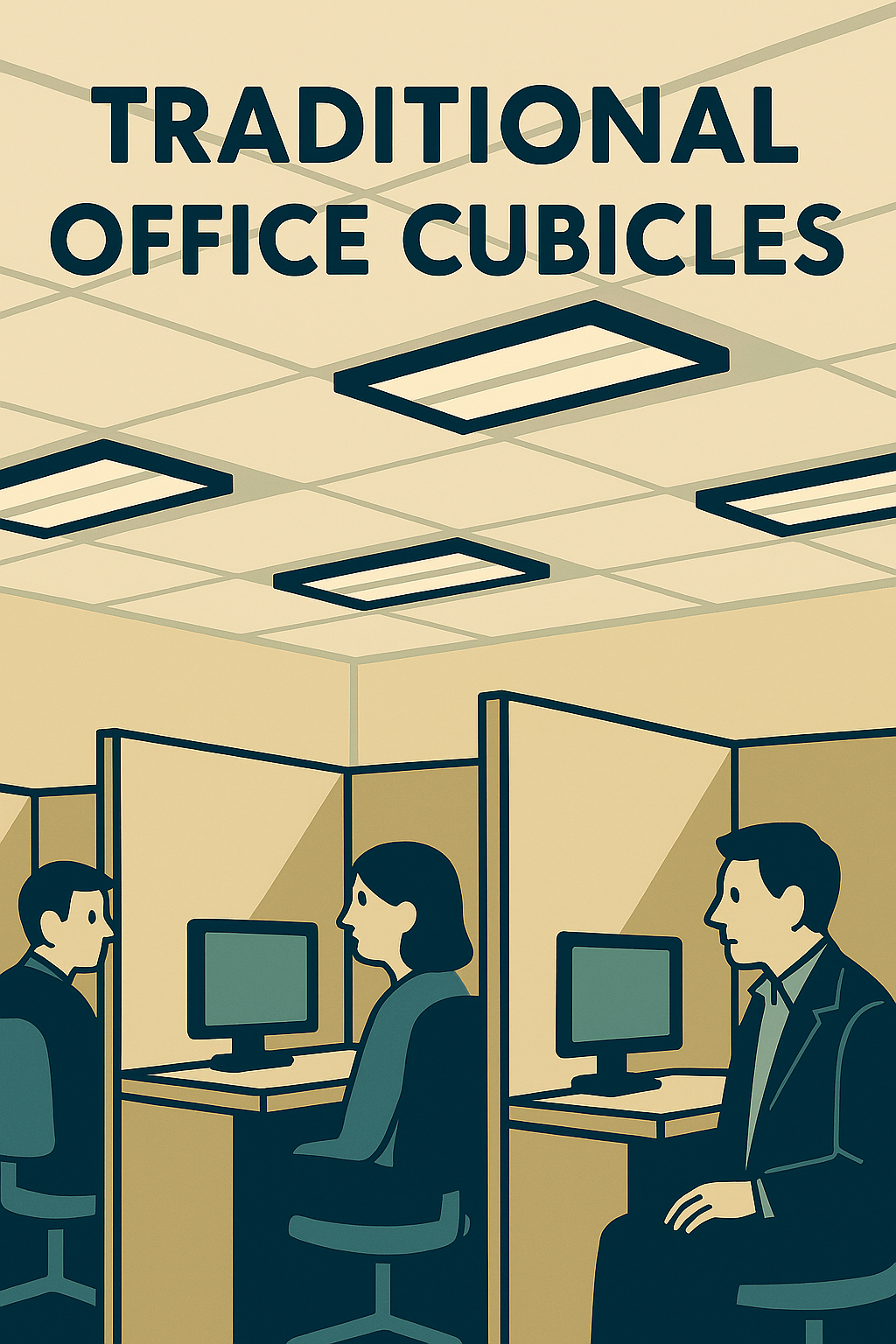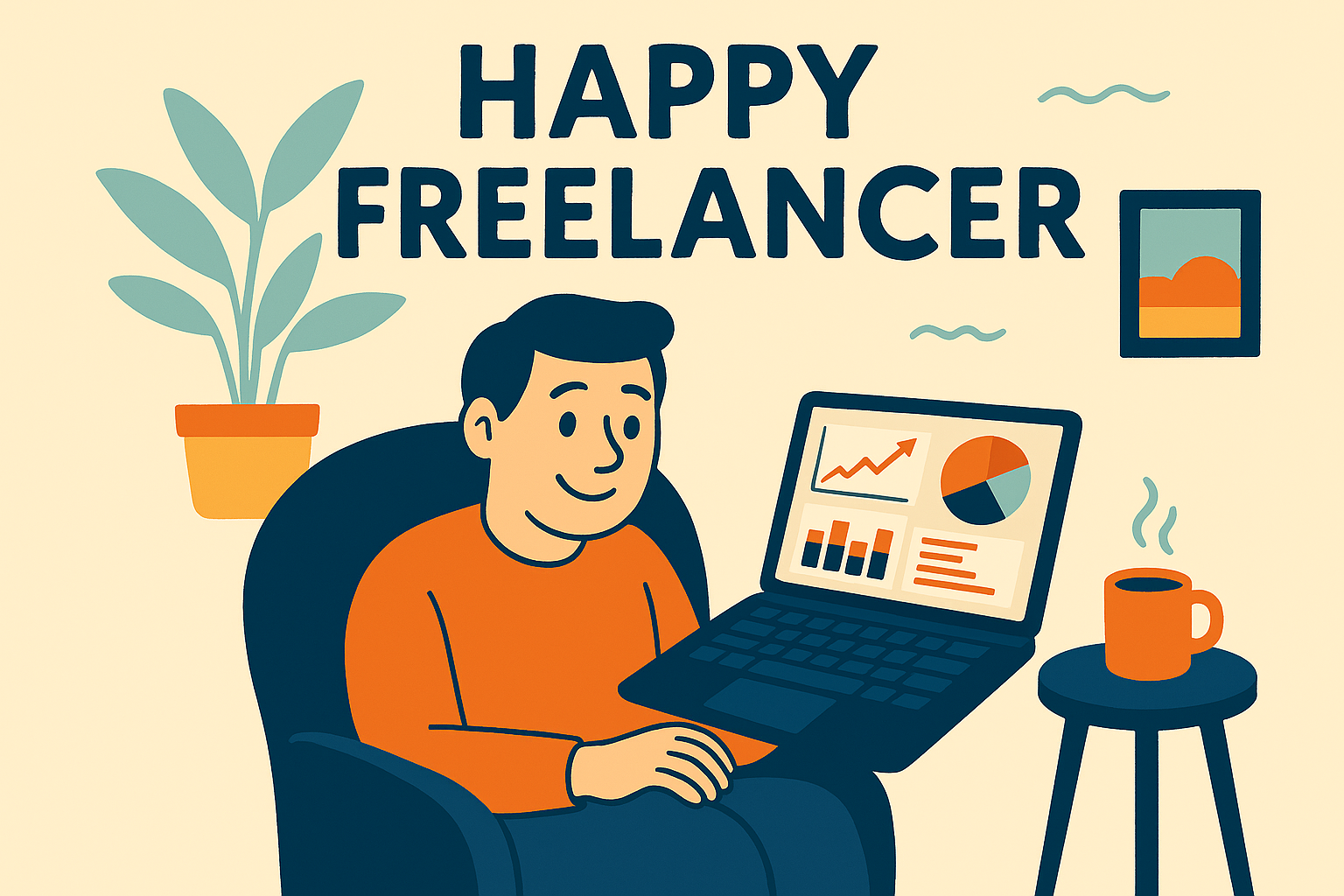The traditional 9-to-5 job structure, once the cornerstone of career stability, has become a source of widespread dissatisfaction and mental health challenges & Killng dreams for millions of workers worldwide. Recent research reveals that 82% of employees are at risk of burnout in 2025, while 76% of employees experience burnout at least occasionally. These staggering statistics point to a fundamental mismatch between traditional employment structures and human potential, creativity, and well-being.

The Hidden Cost of Traditional Employment
Mental Health Crisis in Corporate America
The mental health impact of traditional 9-to-5 jobs has reached alarming proportions. Studies show that 52% of employees experience burnout due to poor work-life balance, with the situation particularly severe among younger generations. **Gen Z employees are losing the equivalent of one workday per week due], translating to an annual productivity loss of about 54 days.
The psychological burden extends beyond mere exhaustion. Research indicates that 37% of employees cite overwhelming workload as the primary cause of burnout, while 24% are stressed because they have more work to complete than time to do it. This constant pressure creates a cycle of chronic stress that affects not just work performance but every aspect of life.
The Creativity Killer
Traditional corporate structures systematically stifle creativity and innovation. Companies that encourage creativity are 3.5 times more likely to outperform their competitors, yet many organizational features actively discourage creative thinking. Rigid hierarchies, short-term deadline pressure, and workplace hostility all contribute to what researchers call “creativity killers”.
When employees are restricted from thinking creatively or contributing innovative ideas, it directly impacts their job satisfaction. The result is a workforce of disengaged individuals who feel their talents are underutilized and their potential unrealized.

How the 9-to-5 Structure Limits Human Potential
The Arbitrary Nature of Traditional Work Hours
The eight-hour workday isn’t based on optimal human productivity or concentration—it has its roots in the Industrial Revolution and 19th-century socialism when children as young as seven worked in coal mines7. Today’s knowledge workers operate under a system designed for a completely different economic era.
Research reveals that the average worker is really only productive for two to three hours per day, yet they’re required to maintain the appearance of productivity for eight to nine hours. This mismatch between actual productivity and required presence creates frustration and a sense of wasted potential.
Loss of Autonomy and Control
Traditional employment structures create what researchers call “autonomy deprivation.” Employees must follow predetermined schedules, work in assigned locations, and complete tasks according to company-mandated processes. This lack of control over one’s work environment and schedule has been linked to increased stress, reduced job satisfaction, and decreased overall life satisfaction.
The rigidity of the 9-to-5 schedule doesn’t accommodate individual differences in productivity patterns. Some people are naturally more productive in the morning, while others peak in the afternoon or evening. The traditional work structure ignores these natural rhythms, forcing everyone into the same mold regardless of their optimal performance windows.
Financial Limitations and Income Caps
Traditional employment inherently limits earning potential through salary caps and predetermined pay scales. No matter how productive or innovative an employee becomes, their income is constrained by corporate budgets and hierarchical structures. This creates a ceiling on financial growth that can feel particularly constraining for ambitious individuals with entrepreneurial mindsets.
The system also creates what economists call “time-for-money dependency,” where income is directly tied to hours worked rather than value created. This model makes it difficult to achieve true financial freedom or build wealth through passive income streams.
The Physical and Emotional Toll
Health Consequences of Prolonged Sitting
Most 9-to-5 jobs require extended periods of sitting, which has been linked to numerous health problems. From weight gain and poor posture to varicose veins, blood clots, and even increased cancer risk, prolonged sitting affects multiple body systems. The sedentary nature of desk work contributes to metabolic disorders and cardiovascular problems that can have long-term health implications.
Research from the World Health Organization shows that in 2016, more than 700,000 deaths were caused by working long hours10. People working more than 54 hours per week are at major risk of dying from overwork, with three-quarters of a million people dying annually from ischemic heart disease and stroke due to working long hours.
The Commute Drain
The daily commute adds another layer of stress and time loss to traditional employment. Studies show that 63% of car commuters report experiencing stress during their daily travels11, with longer commute times directly correlated with increased health issues. The hours lost to traffic or public transit each week contribute to poorer work-life balance and increased fatigue.
For many workers, commuting can consume 2-3 hours daily, effectively extending the workday to 10-11 hours when including travel time. This leaves little time for personal pursuits, family relationships, or activities that contribute to overall well-being and life satisfaction.
Why Entrepreneurs Are Happier and Healthier
The Freedom Factor
Contrary to popular belief about entrepreneurial stress, research from universities including Baylor, Louisiana State University, and Wharton shows that entrepreneurs are happier and healthier than employees. The study found that entrepreneurs have significantly lower incidence of physical and mental illnesses, visit hospitals less often, and report higher levels of life satisfaction.
This surprising finding challenges the narrative that entrepreneurship is inherently more stressful than traditional employment. While entrepreneurs do face unique challenges, the autonomy and control they have over their work environment and schedule appear to provide significant protective benefits for both mental and physical health.
Financial and Personal Fulfillment
When Wharton surveyed 11,000 graduates about their income and happiness levels, they discovered that entrepreneurship was the biggest predictor of happiness, regardless of income level12. Those running their own businesses were the happiest of the graduates, even when controlling for financial factors.
This suggests that the act of building something meaningful, having control over one’s destiny, and seeing direct results from one’s efforts provides a level of satisfaction that traditional employment often cannot match.

Breaking Free: Alternatives to the 9-to-5 Trap
The Rise of Freelancing and Remote Work
The freelance economy is exploding, with estimates suggesting that close to 80 million Americans will be freelancers by 202513. If current trends continue, roughly 50% of the U.S. labor market will be freelancers by 2027. This shift represents a fundamental change in how people approach work and career development.
Freelancing offers several key advantages over traditional employment:
-
Flexible schedules and location independence
-
Unlimited income growth potential
-
Ability to choose projects and clients
-
Direct correlation between effort and results
-
Opportunity to develop diverse skills
Entrepreneurship as a Viable Path
Modern entrepreneurship has become more accessible than ever before. With digital tools, online marketplaces, and global connectivity, starting a business no longer requires massive capital investment or extensive infrastructure. Many successful entrepreneurs start as side hustlers while maintaining their day jobs, gradually building their businesses until they can make the full transition.
The key advantages of entrepreneurship include:
-
Complete autonomy over work and lifestyle
-
Unlimited earning potential
-
Ability to create value and make meaningful impact
-
Tax advantages and business expense deductions
-
Opportunity to build lasting wealth through business equity
Side Hustles and Hybrid Approaches
For those not ready to make a complete career transition, side hustles offer a middle ground. One-third of workers now have a side hustle2, highlighting how rising living costs and desire for financial independence are driving people to diversify their income sources.
Side hustles provide several benefits:
-
Additional income without leaving stable employment
-
Opportunity to test business ideas with minimal risk
-
Skill development and network expansion
-
Gradual transition pathway to full entrepreneurship
-
Creative outlet and personal fulfillment
Making the Transition: A Strategic Approach
Financial Preparation
Before leaving traditional employment, build a financial foundation that can support you during the transition period. Financial experts recommend having 6-12 months of expenses saved before making the leap to entrepreneurship or freelancing. This emergency fund provides psychological security and practical protection during the early stages of building independent income.
Skill Development and Market Testing
Use your current position as a learning laboratory. Identify skills that are in high demand in your target market and invest time in developing them. Many successful freelancers and entrepreneurs start by offering services related to their existing expertise while gradually expanding into new areas.
Testing your business ideas through small projects or side work allows you to validate market demand before committing fully. This approach reduces risk and provides valuable insights into pricing, client preferences, and operational challenges.
Building Professional Networks
Success in independent work heavily relies on professional relationships and referrals. High-earning freelancers cite warm referrals as their number-one client source13. Start building these relationships while still employed by attending industry events, joining professional associations, and maintaining connections with colleagues and clients.
Creating Systems and Processes
Successful transition to independent work requires developing business systems for client acquisition, project management, invoicing, and financial tracking. Start building these systems while still employed so you can hit the ground running when you make the transition.
The Future of Work is Already Here
The COVID-19 pandemic accelerated trends that were already reshaping the workplace. Remote work, flexible schedules, and independent contracting have become mainstream options rather than alternative lifestyles. Companies are increasingly recognizing that results matter more than hours worked or physical presence in an office.
This shift creates unprecedented opportunities for individuals to design careers that align with their values, lifestyle preferences, and financial goals. The question is no longer whether alternatives to traditional employment are viable, but whether you’re ready to embrace the opportunities they offer.
Taking Action: Your Next Steps
If you recognize yourself in the patterns described above, consider taking these concrete steps:
-
Conduct an honest assessment of your current job satisfaction, stress levels, and long-term career goals
-
Identify your valuable skills and how they could translate to independent work or entrepreneurship
-
Start building financial reserves to support a potential career transition
-
Experiment with side projects to test your entrepreneurial ideas and capabilities
-
Connect with others who have successfully made similar transitions
-
Develop a timeline for gradually reducing dependence on traditional employment
Final Thoughts
Your 9-to-5 job may be providing security, but at what cost to your dreams, health, and overall life satisfaction? The evidence is clear that traditional employment structures are increasingly misaligned with human potential and well-being. While the transition to independent work requires planning and courage, the potential rewards—in terms of health, happiness, financial freedom, and personal fulfillment—make it a path worth seriously considering.
The choice is ultimately yours: continue accepting the limitations and frustrations of traditional employment, or take steps toward creating a career that truly serves your goals and values. Your dreams are waiting—but they won’t wait forever.